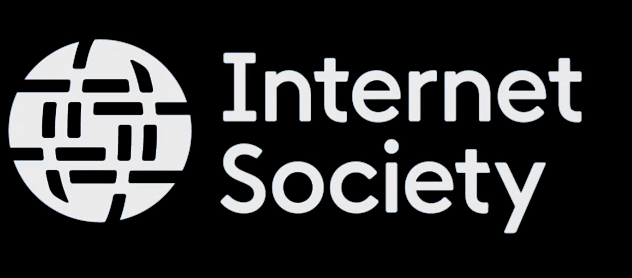Martin Reiche

Formally educated as a computer scientist at Karlsruhe Institute of Technology, Germany, I became a student of media art of Michael Bielicky at Karlsruhe University of Arts and Design. Today I am a self-employed media artist and independent researcher living and working in Berlin with interest in space, perception, digitization phenomena, digital anthropology, power relations and minimalistic aesthetics. My work addresses issues such as international power networks, religion, changes in the human condition through technology, mass surveillance and electronic and physical warfare.
I have created interactive installations, sculptures, video works and experimental computer games for festivals, museums and galleries worldwide, including the Moscow International Biennale for Young Art, ZKM Museum of Media Art, ZKM Museum of Contemporary Art, Athens Digital Art Festival, INCUBARTE Art Festival Valencia, ETDM Estonian Museum of Applied Art and Design Tallinn and A MAZE. Festival Berlin.
I give talks and workshops on minimalistic human-computer interaction and on how to exfiltrate data out of surveilled networks. My latest theoretical book, "Real Virtuality" is an edited anthology on theory and applications of virtual spaces.
Presenting
Kilohertz, a Participative Project to Monitor Military Radio Frequency Usage World-Wide
This talk will be about the participative project KILOHERTZ, which uses DIY antennas, open source software and over-the-counter hardware to create a world-wide network of stations to search for military communications in high frequency bands. The project wants to show how governmental authority is exercised upon an invisible territory which overlays the physical world. From the project description: Consisting of an array of land art sculptures holding simple DIY copper wire-antennas, Kilohertz is an ongoing research project about the geopolitics of radio communication. Set in rural areas in Brazil and Estonia (so far), the Kilohertz ground stations are constantly surveilling radio frequency ranges reseved for military of the respective countries as well as of other big international powers, such as the NATO and the European Union. These ground stations, set-up in lowly populated areas and guarded with barbed wire fences, are, like their institutional counterparts, exclusion zones.
In this talk I am going to give an overview of the project and invite people to participate by creating their own antenna structures and adding their raw data to the online archive.



